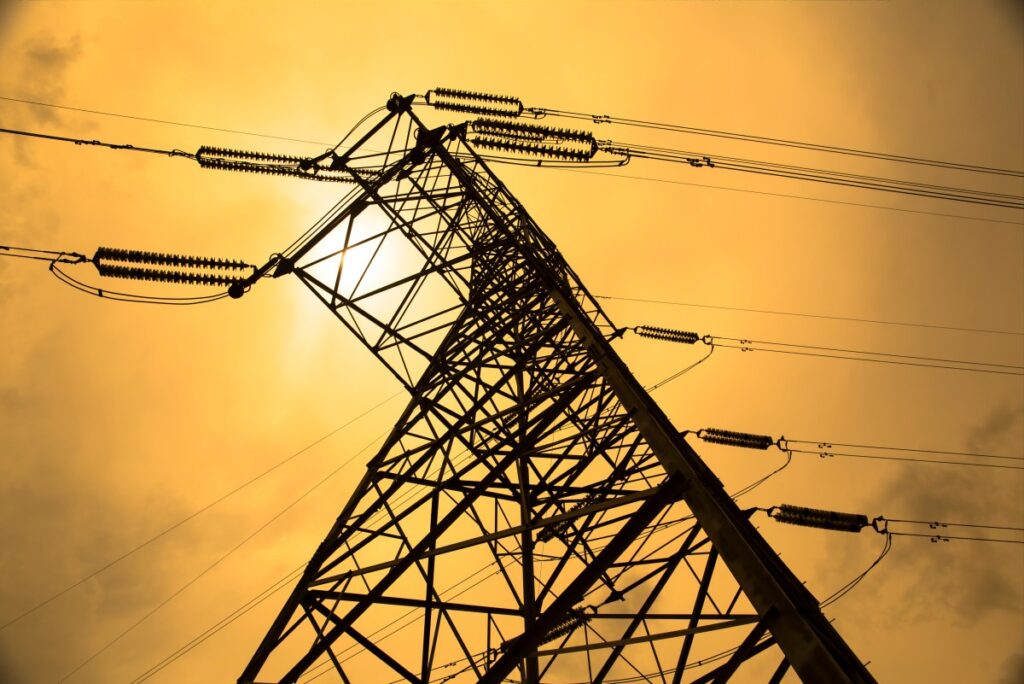
This tool estimates how much electricity your chatbot messages consume
AI Energy Consumption Tool: New Calculator Shows How Much Electricity Your Chatbot Messages Use
The AI Energy Consumption Tool visualizes the energy usage of every interaction with large language models. (Image credit: Hugging Face)
Have you ever considered the environmental impact of your AI interactions? The innovative AI Energy Consumption Tool, created by Hugging Face engineer Julien Delavande, reveals the hidden electricity costs of your chatbot conversations. This groundbreaking calculator brings transparency to AI power usage at a time when data centers are facing unprecedented energy demands.
Table of Contents
What is the AI Energy Consumption Tool?
The AI Energy Consumption Tool is an innovative calculator designed to work with Chat UI, an open-source front-end for popular large language models like Meta’s Llama 3.3 70B and Google’s Gemma 3. Unlike standard chatbot interfaces that hide their computational costs, this tool provides real-time measurements of the electricity consumed during each interaction.
Developed by Hugging Face engineer Julien Delavande, the AI Energy Consumption Tool addresses the growing concern about artificial intelligence’s environmental footprint. As AI usage expands globally, understanding these energy implications becomes increasingly crucial for sustainable technology development.
“With projects like the AI energy score and broader research on AI’s energy footprint, we’re pushing for transparency in the open source community. One day, energy usage could be as visible as nutrition labels on food!” — Julien Delavande
The tool’s interface clearly displays energy metrics in Watt-hours or Joules, making abstract computational costs tangible by comparing them to familiar household appliances like microwaves, toasters, and LEDs.
Why AI Energy Consumption Matters
The rapid adoption of AI technologies has created an unprecedented demand for computational power. The AI Energy Consumption Tool arrives at a critical moment when industry experts widely predict that growing AI usage will drive electricity needs to new heights in the coming years.
Rising Power Demands
Industry forecasts suggest that nearly half of AI data centers may not have enough power by 2027, highlighting the urgent need for energy-efficient AI solutions and greater awareness of consumption patterns.
This energy crisis has led some technology companies to pursue environmentally questionable strategies to secure more power for their AI operations. The AI Energy Consumption Tool aims to bring attention to these concerns and potentially give AI users pause when considering the environmental impact of their interactions.
While individual chatbot messages may seem insignificant in terms of energy use, the collective impact is substantial. As Delavande and his team note, “Even small energy savings can scale up across millions of queries — model choice or output length can lead to major environmental impact.”
How the AI Energy Consumption Tool Works
The AI Energy Consumption Tool integrates seamlessly with Chat UI to provide real-time energy usage metrics. When a user sends a prompt to an AI model, the tool calculates the approximate electricity consumption required to process that input and generate a response.
The calculator considers several factors that influence energy consumption:
- Model size: Larger models like Llama 3.3 70B consume more energy than smaller alternatives
- Input length: Longer prompts require more processing power
- Output generation: The length and complexity of the AI’s response affects energy usage
- Computational complexity: Some requests require more intensive calculations than others
After calculating the energy used, the AI Energy Consumption Tool displays the results in user-friendly terms. Rather than just showing abstract numbers, it provides relatable comparisons to everyday appliances, helping users conceptualize the energy impact of their AI interactions.
Real-World Energy Usage Examples
The AI Energy Consumption Tool reveals some surprising insights about common AI interactions. According to the calculator, asking Llama 3.3 70B to write a typical email consumes approximately 0.1841 Watt-hours of electricity.
To put this in perspective, the tool provides helpful comparisons:
| AI Task | Energy Usage | Equivalent To |
|---|---|---|
| Writing a typical email | 0.1841 Watt-hours | Running a microwave for 0.12 seconds |
| Writing a typical email | 0.1841 Watt-hours | Using a toaster for 0.02 seconds |
| Multiple daily interactions | Several Watt-hours | Several minutes of LED light usage |
While these individual interactions might seem insignificant, the AI Energy Consumption Tool helps illustrate how they accumulate across millions of users worldwide, contributing to significant energy demands at scale.
Energy Efficiency Tips
To reduce your AI energy footprint, consider:
- Using smaller language models when advanced capabilities aren’t necessary
- Keeping prompts concise and targeted
- Limiting output length when possible
- Batching similar requests together
Environmental Implications of AI Energy Consumption
The AI Energy Consumption Tool highlights a growing concern about the environmental sustainability of AI technologies. As these systems become more integrated into our daily lives, their collective energy footprint continues to expand.
Data centers hosting AI systems already consume massive amounts of electricity. Some estimates suggest that by 2025, data centers could account for up to 3-4% of global electricity consumption, with AI workloads representing an increasingly significant portion of that demand.
This energy challenge has prompted companies to explore alternative power sources. For instance, some tech giants are investigating hydrogen fuel cells and other renewable energy solutions to power AI data centers more sustainably.
By making energy usage transparent, the AI Energy Consumption Tool encourages:
- More conscious use of AI resources
- Development of more energy-efficient models
- Industry standards for reporting AI energy consumption
- Research into green computing technologies
The Future of Energy-Aware AI
The AI Energy Consumption Tool represents an important step toward greater transparency in AI energy usage, but it’s just the beginning. As Delavande and his team envision, “One day, energy usage could be as visible as nutrition labels on food!”
This vision aligns with emerging trends in responsible AI development, including:
Emerging Energy-Aware AI Practices
- Energy-efficient model architectures: Designing AI systems that achieve strong performance with less computational overhead
- Standardized energy reporting: Creating industry standards for measuring and disclosing AI energy usage
- Energy-aware training techniques: Developing methods that optimize for both performance and energy efficiency
- User-facing energy metrics: Displaying energy consumption information in consumer AI products
It’s worth noting that the AI Energy Consumption Tool provides estimates rather than precise measurements. Delavande makes no claim about perfect accuracy, acknowledging the complexity of measuring exact energy consumption across different hardware configurations and data centers.
Nevertheless, these estimates serve as valuable reminders that all technologies, including AI systems, have real-world costs. As AI becomes more deeply integrated into our daily lives, tools like the AI Energy Consumption Tool help ensure that energy awareness remains part of the conversation.
Frequently Asked Questions About AI Energy Consumption
| How accurate is the AI Energy Consumption Tool? | The tool provides estimates rather than exact measurements. While not claiming perfect precision, it offers valuable approximations that help users understand the relative energy impact of their AI interactions. |
| Which AI models does the tool support? | The tool currently works with models available through Chat UI, including Meta’s Llama 3.3 70B and Google’s Gemma 3. Support for additional models may be added in the future. |
| How can I reduce my AI energy footprint? | You can reduce energy usage by keeping prompts concise, using smaller models when possible, limiting output length, and being mindful of how frequently you interact with AI systems. |
| Why should I care about AI energy consumption? | As AI usage grows globally, its collective energy demands have significant environmental implications. Being aware of these costs helps users make more sustainable choices and encourages the development of more efficient AI systems. |
| Will all chatbots eventually show energy usage? | While not currently standard practice, there’s growing interest in transparency around AI resource usage. The creators of the AI Energy Consumption Tool hope that energy metrics may someday become as common as nutrition labels on food products. |





